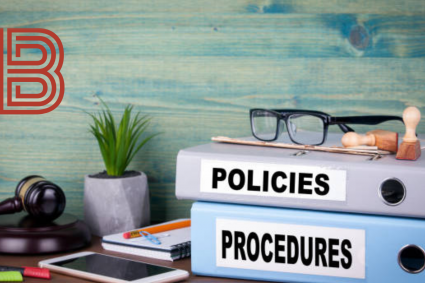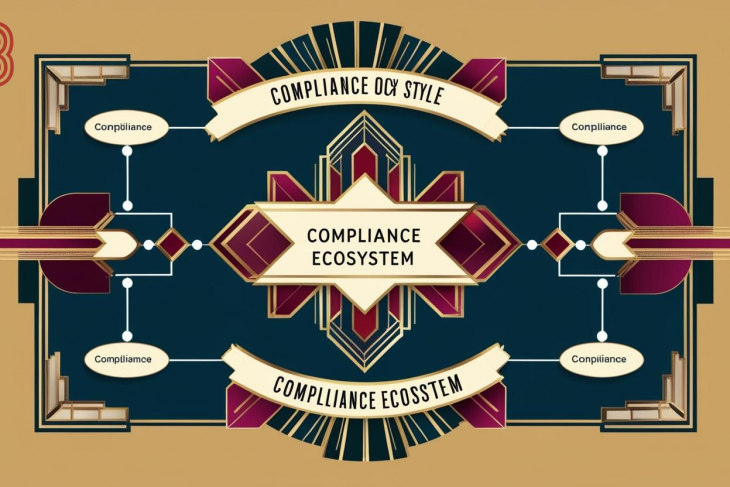
A robust Risk Management Assessment Framework (RMAF) is essential for organizations to identify, assess, and manage potential risks that could impact their goals. An effective RMAF provides a structured approach to analyzing uncertainties, enabling organizations to anticipate and respond to possible threats and opportunities. Here, we explore the key features and components of an effective RMAF, as well as popular frameworks that are widely used today.
Key Features of a Risk Management Assessment Framework
Risk Identification and Categorization
Risk identification is the foundation of any risk management framework. This involves detecting potential risks and categorizing them based on their nature—such as financial, operational, reputational, or strategic. Identifying these risks enables organizations to focus on areas that might pose the greatest impact.
Risk Assessment and Prioritization
Assessing risks requires evaluating their likelihood and potential impact. Using tools such as risk matrices and heat maps, risks are rated based on probability and consequence. Prioritizing risks helps in focusing efforts on the most critical risks that could disrupt organizational operations.
Risk Mitigation and Control Measures
Once risks are identified and assessed, the next step involves implementing strategies to mitigate or control them. This may include transferring, avoiding, reducing, or accepting risks, depending on their severity and the organization’s tolerance level. Control measures may include establishing protocols, installing security systems, or implementing compliance standards.
Risk Monitoring and Review
Continuous monitoring is essential for effective risk management, as risks evolve over time. Regular reviews help to assess the effectiveness of the controls in place and adjust strategies based on new data or shifting conditions. Monitoring is often supported by key risk indicators (KRIs), which provide early warnings of emerging risks.
Reporting and Communication
Effective risk management depends on clear reporting and communication. Stakeholders should be informed about the risk status, controls in place, and any changes in the risk landscape. Transparent communication ensures that all levels of the organization are aware of potential risks and are prepared to respond.
Key Components of a Risk Management Assessment Framework
Risk Governance
Governance refers to the oversight and accountability structures for risk management. It includes defining roles, responsibilities, and accountability for managing risks across the organization. The board, executive team, and designated risk officers often provide governance and set the risk appetite.
Risk Appetite and Tolerance
The framework should clarify the organization’s risk appetite (the amount and type of risk it is willing to accept) and tolerance (the acceptable deviation from risk thresholds). This helps in aligning risk management efforts with organizational goals and ensures that only acceptable risks are pursued.
Risk Register
A risk register is a centralized repository that documents all identified risks, their assessment, mitigation strategies, and current status. It serves as a reference for tracking risks and supports decision-making.
Risk Assessment Tools and Techniques
Common tools include SWOT analysis, scenario analysis, probability-impact matrices, and Monte Carlo simulations. These tools enable systematic risk evaluation and help in estimating potential impacts on the organization.
Top Risk Management Frameworks of Today
ISO 31000
ISO 31000 provides a globally recognized standard for risk management. Its guidelines emphasize integrating risk management into organizational processes, establishing a risk-aware culture, and continuously improving risk practices.
COSO ERM Framework
The COSO ERM (Enterprise Risk Management) framework is widely adopted in industries for its comprehensive approach. It focuses on aligning risk management with strategic objectives and embedding risk assessment in decision-making.
NIST Risk Management Framework (RMF)
The National Institute of Standards and Technology (NIST) RMF is popular in the U.S. federal sector and for organizations dealing with sensitive data. It includes six steps, from risk assessment and control selection to continuous monitoring, making it ideal for cybersecurity risk management.
FAIR Model
The Factor Analysis of Information Risk (FAIR) model is a quantitative risk assessment framework that helps organizations understand and manage cybersecurity risks by providing measurable risk estimates.
OCTAVE
The Operationally Critical Threat, Asset, and Vulnerability Evaluation (OCTAVE) framework focuses on self-assessment and helps organizations prioritize risks based on their critical assets, particularly useful for IT risk management.
Choosing the right risk management framework depends on an organization’s specific needs, regulatory environment, and risk landscape. Whether it’s a standard like ISO 31000 or a specialized framework like NIST’s RMF, these frameworks provide essential structures for managing risk and achieving resilience in today’s complex business environment.




















